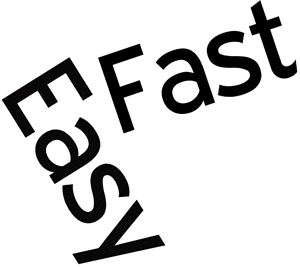Raise your hand if you drive in the same gear whether pulling out of your driveway or driving down the freeway?

At this point in my survey, I’m hoping the room is void of raised hands.
Now, raise your hand if you run at one pace day in and day out? Or swim at the same speed from one workout to another? Or bike at the same effort level day after day?
If you answered yes to any of these questions, this article is for you. The aim is to underscore that one of the fundamental training skills you will want to learn is how to differentiate between gears. Just as there is a different time and place for using the different gears in your car, there is a different time and place for using different training speeds. Whether you race against yourself or others, the key to improved performance is learning how to use those different speeds to optimize your training effectiveness.
One-speed multisport athletes come in different flavors. For the sake of simplicity, let’s sketch out two common profiles. Each of these athletes makes a fundamental error in failing to differentiate between gears while training and therefore falls short of optimal performance while racing.
Athlete Profile #1: Speed Demon. Meet Speed Demon. Speed Demon lives by the motto, “Go hard or go home.” For Speed Demon, training often becomes a race, even on recovery days when the aim is to go easy. Easy is truly a struggle for Speed Demon who detests doing “long slow distance.” Speed Demon has started training with a heart rate monitor and personalized heart rate zones; but finds it difficult to stay in zones 1-2 during lower intensity aerobic workouts—and often moves into higher zones for much of the time.
Athlete Profile #2: Endurance Monster. Meet Endurance Monster. Endurance Monster is the polar opposite of Speed Demon. Endurance Monster can plug along all day long in zones 1-2, but has trouble unleashing a quick burst of speed to dash across a busy street even if their life depends upon it. Endurance Monster gets uncomfortable raising the heart rate above zone 2 and views the higher zones as unknown and undesirable territory. A “fast sprint” for Endurance Monster is an oxymoron.
Despite their obvious differences, Speed Demon and Endurance Monster have a lot in common. They are both one-speed athletes. They have the one gear they like and spend nearly all their training time in that gear. Yet they each seem to plateau in their training and fail to achieve the times they would like on race day. They each possess different elements needed for an effective training program, but neither has a complete program.
A complete and structured approach to training allows you to gain the numerous physiological adaptations needed for successful performance, which include increasing mitochondria (cellular factories for aerobic energy production) and capillary density in skeletal muscle, increasing stroke volume (the amount of blood pumped with each heart beat), improving aerobic capacity, effectively recruiting different muscle fiber types, improving coordination and efficiency of movement, developing the supporting structures (e.g. muscles, ligaments, tendons) needed to go fast, and building sport specific strength. A structured training program allows you to ramp up your fitness level from the beginning of base training to your most important race or races, ensuring that you do the work needed in the different training phases to optimize your race ready fitness.
Speed Demon would benefit from learning how to slow down on recovery days and put in the low intensity work foundational to aerobic training so that higher intensity days can truly hit the target goals and help ratchet up race ready fitness. Endurance Monster would benefit from learning how to speed up to put in the faster bursts of “true speed” needed to condition the intermediate and fast-twitch muscle fibers and to put in the bouts of higher intensity work needed to improve the ability to race faster with discomfort. As a result, both would enter onto a path toward faster performances.







